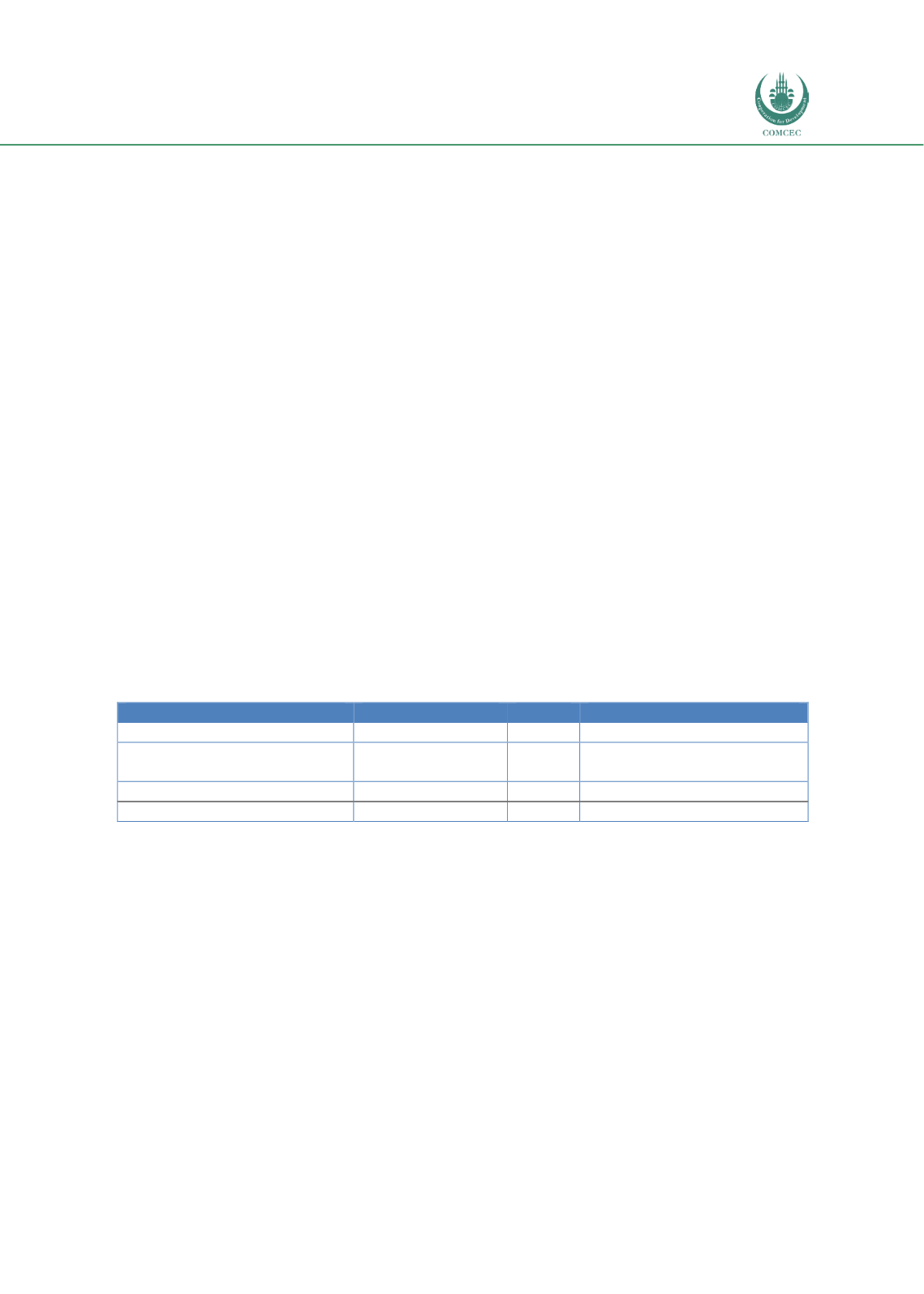

Infrastructure Financing through Islamic
Finance in the Islamic Countries
145
The Five-Year Program for Economic Reform (2015-2019) includes strategies for the
development of PPP arrangements in different sectors. The Program’s purpose is to expand
production and exports; and to increase living standards, giving an essential role to the private
sector. Total private sector investments as per the program are expected to account for 83.4%
of total investment requirements. The Program has identified different socioeconomic pillars,
and among them are infrastructure development and the PPP framework (GPFEDC, 2016).
4.5.4.
Legal and Regulatory Framework for Infrastructure Investments
The Sudan Land Settlement and Registration Act 1925 (LSRA 1925) set up a land registry and
outlines the terms of the acquisition of privately or publicly owned land. Based on this law,
land can be leased devoid of any limitations on the leasing value and the maturity of the leasing
contract (ALN, 2015). Based on the LSRA 1925, foreign investors are allowed to get lands
through the National Investment Authority (NIA) for their investment project or through
approval by the Council of Ministers (UN, 2015). The Investment Encouragement Law 2013
makes state governments liable for confining, registering, planning, mapping, and issuing
information defining the existing lands for agricultural, industrial and service projects.
Since the government plays a key role in the development of the infrastructure in Sudan, the
legal framework for private sector participation has not developed. Although there is no
codified Public Private Partnership (PPP) law, there have been a few infrastructure projects
that have been implemented using PPP. Examples of infrastructure projects structured as PPP
are shown in Table 4.5.3. Three projects, namely the Juba Port Franchise, Omdurman Water
Treatment Plant and Kanartel were initiated in the 2000s with investments worth USD 310
million (PPPLRC, 2017).
Table 4.5. 2: PPP Projects in Infrastructure
Project Name
Sector
Year
Investment (USD million)
Kanartel
ICT
2004
159.00
Omdurman Water Treatment
Plant
Water and
sewerage
2007
120.70
Juba port concessionPorts
2006
30.0
Total
309.70
Source: World Bank (2018), available at
https://pppknowledgelab.org/countries/sudanSudan has recently formed a PPP unit (World Bank 2018) and has launched its first PPP
initiative with the World Bank in January 2017. A grant from the Public-Private Infrastructure
Advisory Facility (PPIAF) will be used for the PPP Support Program to reinforce the policy and
regulatory environment and framework for PPPs in Sudan (World Bank 2017).
The status of the procurement regime in Sudan relative to other income groupings and the
Sub-Saharan African region is shown in Chart 4.5.3. The chart shows that Sudan has an overall
weak procurement regime with all stages of preparation, procurement and contract
management even when compared to low income groups and the Sub-Saharan region. Since
the stage of preparation is the most important part of any procurement process, a low score of
17 is indicative of the weakest part that can prevent the initiation of infrastructure projects.
The scores of all the stages of the procurement regime in Sudan are lower than the averages of
OIC member countries.
















